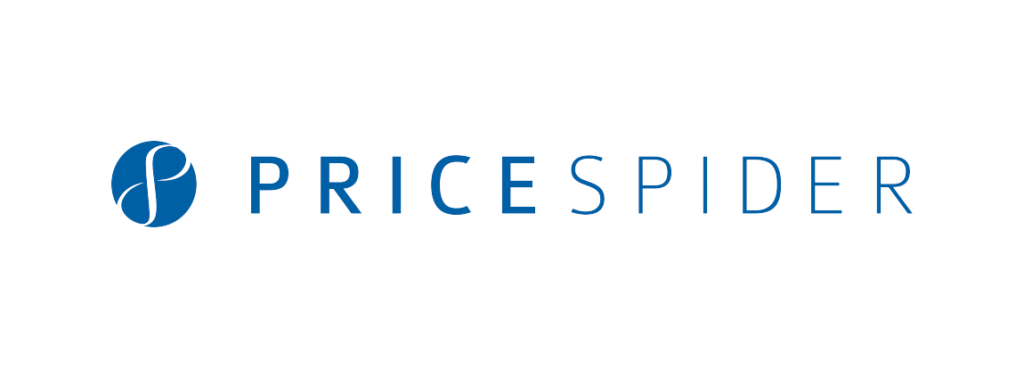When it comes to the marketing efforts of online retailers, much of the effort and attention is geared toward driving traffic to the website. However, successful digital marketers know that the work doesn’t stop there.
Once customers have found your company’s online store, they reach a critical juncture in their shopping journey. Now, it’s up to the brand to ensure that each visitor who comes to the site can find exactly what he or she is looking for.
UPS Compass perhaps states it best:
“People won’t buy what they can’t find.”
This holds true no matter what type of online store your company operates, and what industry you belong to. Thankfully, simple is the name of the game here, and there are a few best practices you can leverage to help guarantee an enjoyable, successful shopping experience for each one of your customers.
A simple design
One of the first steps to take here is to de-clutter your website’s homepage and landing pages. No matter where customers first land when they discover your website, they should be greeted by a streamlined site that offers straightforward features and capabilities.
“It’s up to the brand to ensure that each visitor can find exactly what he or she is looking for.”
Overall, the online store should be simple to navigate and include an easy-to-locate search feature. It should be your goal to ensure that customers can efficiently find the exact item they’re looking for without having to enter an endless list of keywords or browse your entire site.
When creating this type of website design, it can be helpful to view the platform through the eyes of a customer. If you were a shopper seeking a specific piece of merchandise, where is the first place you’d look? A search bar that is easily located and intuitively usable is an absolute must for today’s brands.
“When buyers get to your site, make it easy for them to search for what they want,” UPS retail marketing manager Ashley Boggs said. “Almost half of all searches take place on smartphones or tablets, so you need to allow for easy searching across multiple devices and browsers.”
A responsive design can ensure that content – including the search bar – displays and functions properly no matter what kind of device or screen size shoppers have at their fingertips.
Streamlined categories and product filters
When website visitors know exactly what they came for, an easily locatable search bar can make all the difference. But what about shoppers who may have some idea of what they’re looking for, but would prefer to browse?
This is where merchandise categories and product filters – not to be confused or interchanged with one another – become so critical to the consumer experience. First, though, it’s important to understand the difference: Product categories separate merchandise according to distinguishing features, sizes or other specifications. Product filters, on the other hand, are combinable, and enable shoppers to narrow down their choices as opposed to siloing certain types of merchandise.
Both categories and filters are important to have, as individual consumers have differing preferences when it comes to their shopping style. One customer shopping for clothes, for example, may only want to see items that come in one particular style, and would prefer to browse according to category. Another shopper, however, may want to see more options, and would rather combine different filters.
“Categories constitute the hierarchy of the site and product catalog, and are mutually exclusive,” Baymard Institute contributor Christian Holst wrote. “Filters, on the other hand, are tools to adjust and narrow down the list of displayed products within a category (or a set of search results). Filtering values are not mutually exclusive and therefore allow users to combine multiple filters to narrow down their product list.”
Having broader categories supported by more granular filters can help a wider range of shoppers find a specific product, or better browse their available options.
 Straightforward website content
Straightforward website content
Website simplicity should also extend to the types of features and amount of content present on each page. KISSmetrics researchers call this the “Law of Pithiness,” noting that brands that have followed this best practice saw significant improvements in conversion rates.
“We prefer things that are clear and orderly, and we’re afraid of complex, complicated ideas or designs,” KISSmetrics’ Nate Desmond explained. “Instinctually, we know that simple things are less likely to hold unpleasant surprises. This is why we’re terrified of credit card terms of service, and we embrace simple return policies.”
When it comes to your website, it’s important that product descriptions, explanations of service and even the number of features offered is simplified and pithy. Desmond pointed out that while websites with lots of bells and whistles may seem like a good idea, it can be a turnoff for customers when all of these things are thrown at them at once. It’s best to select a small cluster of important points or capabilities – or even just the single-most impactful one – to present to website visitors.
Simplify decisions with the best information possible
In order to create a seamless shopping experience, your website needs to easily connect shoppers to your products, especially if they are sold by multiple retailers. If you sell direct and are wary of opening this channel, it’s important to know that shoppers are going to do their due diligence and look at other online retail providers selling your products, so it would be extremely beneficial to connect them to your preferred retail partners when they are ready to buy.
To help shoppers easily get from your product detail page directly to a retailer’s product detail page, you’ll need a service provider such as PriceSpider that offers Where To Buy capabilities.
PriceSpider’s Where To Buy (WTB) service shows shoppers where to buy your products for both online and local retailers, providing up-to-the-minute pricing and stock availability for both outlets. By creating a path to purchase, your customers will experience a better way to shop online.
In addition, this innovative technology provides a wealth of information including buying behavior, transaction records and conversion rates. Leveraging this valuable information will help you understand your customer more, ensuring that your website provides the best shopping experience possible.
To find out more, contact the experts at PriceSpider today.

